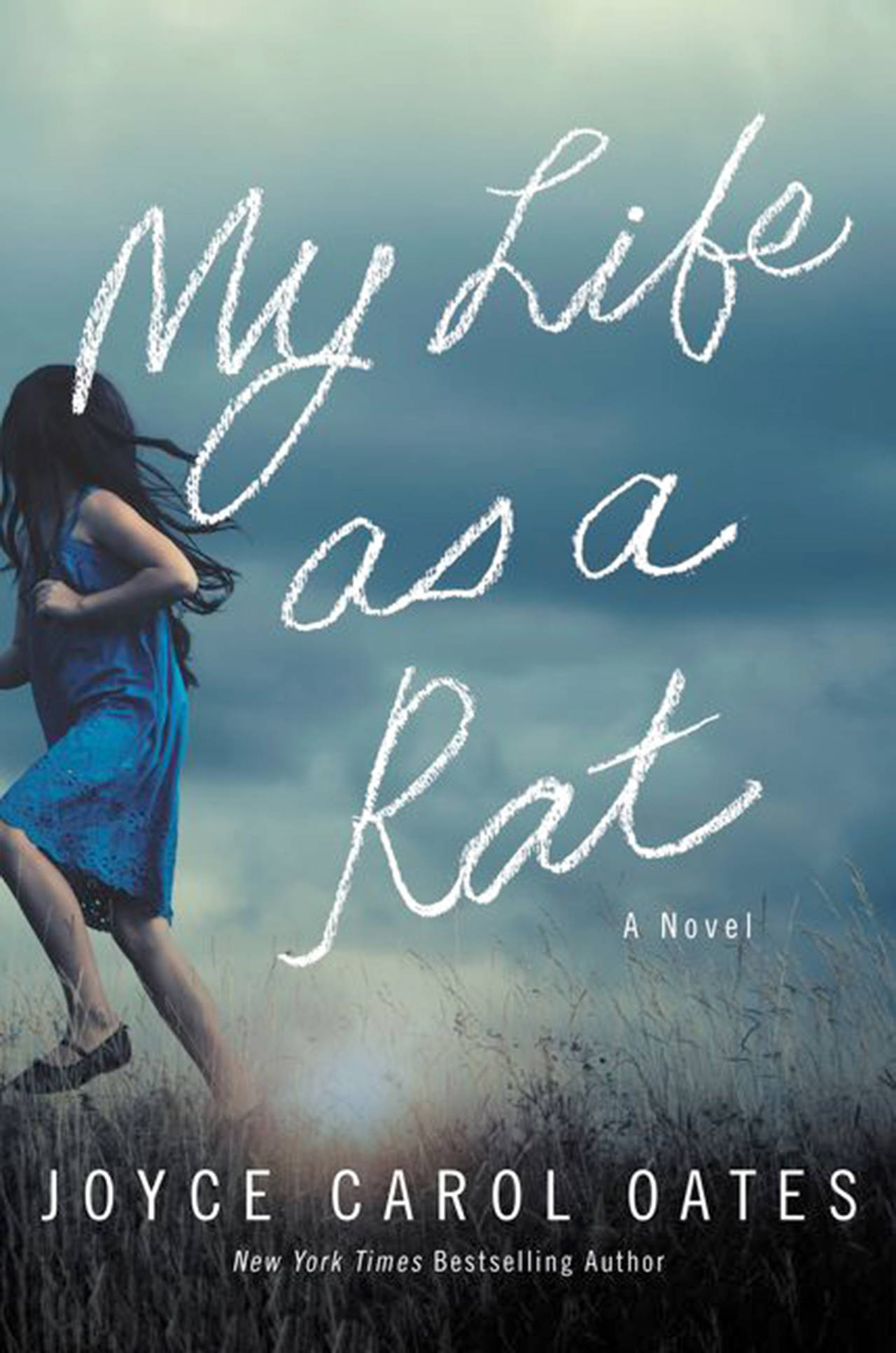By Pamela Miller
Minneapolis Star Tribune
Rarely has Joyce Carol Oates created a protagonist as compelling as Violet Rue Kerrigan, the young woman who painfully comes of age in “My Life as a Rat.” And that’s saying something, because Oates, one of America’s greatest living writers, has created many unforgettable characters in her scores of novels, novellas and short stories.
Violet is the youngest of seven children of a blue-collar Irish-American couple living in the fictional town of South Niagara, N.Y., in the early 1990s. On a November day in 1991, a young African-American man biking home on a dark road is beaten to death by 12-year-old Violet’s oldest two brothers. She hears her brothers talking about it, and soon finds herself telling social workers and police officers at her school. In an instant, her life changes.
Her parents and their friends view Violet as a “rat” who has betrayed her brothers, her family and their allegedly beleaguered white community. Violet is sent to live in another city with her mother’s childless sister. Intensely missing her parents and siblings (only one sister communicates with her in occasional calls), she grows up bewildered and vulnerable, isolated and fearful. She is sexually abused by a high school teacher and in college becomes involved in a toxic relationship with a handsome, alcoholic college professor. But despite these abandonments and affronts, she slowly discovers who she is, and how she can have a good life.
“My wish is to live a life in which emotions come slowly as clouds on a calm day,” she writes as a young woman whose guardedness has suddenly been shredded by a surge of love. “You see the approach, you contemplate the beauty of the cloud, you observe it passing, you let it go. You do not dwell upon what you have seen, you do not regret it. You are content to understand that the identical cloud will never come again, no matter how beautiful, unique. You do not weep at its loss.”
When her father dies at 64 of a stroke (while drunkenly and angrily ruminating about Violet’s long-ago “betrayal”), her family summons her home. She is reunited with her sister; her mother, near death from cancer; and, most intensely, with one of the brothers who killed the young black man, now home from prison. (The other brother has been murdered in prison.) Violet’s encounter with that brother is the gripping climax of this dark, taut novel.
“How like a gigantic tree, a family,” Violet thinks. “No matter if the tree is badly damaged, beginning to die and to rot, roots are entangled underground, inextricably.”
Oates has been much scolded for writing too much, too fast, too carelessly, but she ignores the swats and does her thing. Some of her works deserve that judgment. Yet every few books, she pens a near-masterpiece, a story that captures some of the darkness in American life. “My Life as a Rat” is one of those gems, with Violet the vehicle for several explorations, including the ways vulnerable girls and young women can fall prey to domineering men and how loyalty to family can lead to betrayal of the self.
But most of all, this is a gripping coming-of-age story, at turns horrifying, heartbreaking, poignant and buoying. The writing is tighter and finer than in many of Oates’ books. Now in her late 70s, she is at the height of her powers, and America has never needed her piercing observations more than it does now.


